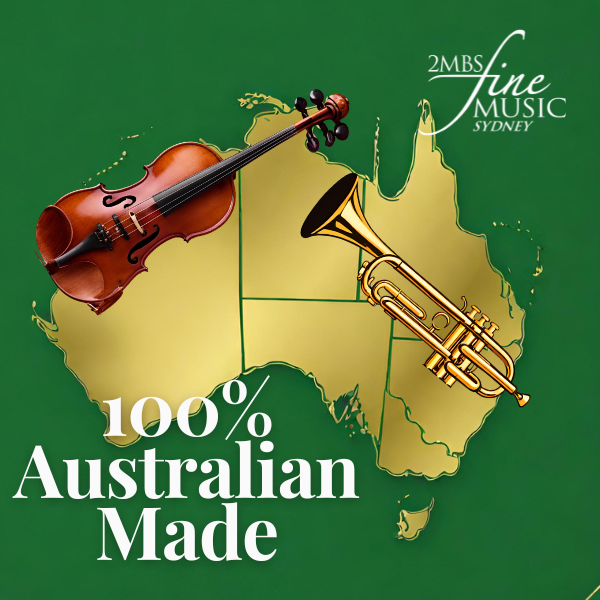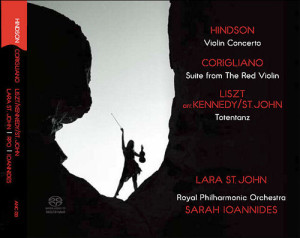
From 2009-2013, in my role as Chair of the Music Board of the Australia Council for the Arts, I assessed over 2000 grant applications. This included reading thousands of pages and listening to countless hours of support materials – which was a rare privilege, and extremely illuminating re. the vast range of musical activity occurring around Australia.
Based on this experience, many people have asked general advice as to how to write grant applications. There is no magic bullet. However, the following points should be borne in mind: what I call the “5 Cs”.
-
Clear
Ensure that your written text is to the point. The entire proposal should be easily understandable to a musician from a genre or background unrelated to your own. Or even better, to a member of the general public. Avoid technical jargon as much as possible. If assessors can’t understand the written application, will they be likely to support your project in the meeting?
-
Concise
There is nothing wrong with information presented in a matter-of-fact, readable manner. More words does not equal a better application.
I recall one round that had 1200+ pages of applications to read. In addition there were hours and hours of support material to listen to. So: avoid waffle – assessors may not have time to appreciate it.
-
Comprehensive
As an assessor, it’s pretty easy to tell a project that is well considered and of an overall excellent (i.e. fundable) standard. It will typically be achievable rather than speculative. All information necessary to make the project achievable will be included. If there are parts of the application that are vague and/or missing, it’s not helpful to the proposal’s chances.
It is worth trying to imagine the sort of questions you would have about a project if you were an assessor: for example, “who is going to do the arrangement of the string parts”, “who are these ‘Musicians TBC’ and how do we know they will be of an excellent standard”, “what is the recording venue for the project and why is it a good choice for this proposal.”
Budgets are a good way to ensure that you have covered all relevant details necessary for the project to be viable. (And they should be balanced).
Confirmations are important. While it’s often difficult to have venues, artists etc. confirmed when the application is due, another application in the same round probably will. So they will score higher on the Planning criteria, thereby putting your application at a disadvantage. And therefore you will be less likely to be funded.
-
Criteria
The criteria are always published prior to the grant round closing. Peers are instructed in and before the meeting to assess applications according to the criteria. So, in essence, the funding body is telling you what they are looking for.
Ensure that your application addresses the criteria in a clear and convincing manner. There is no harm in being obvious in this. Use the other questions in the grant application to address the criteria. For example, if you are asked to name the artists you are working with, and one of the assessment criteria is “Quality of key personnel”, explain why these artists are the best people for the project in addition to saying who they are.
(And in case you were wondering, “quality of written expression in application” was never on the list of criteria. So we never funded an application on the English language skills of the applicant.)
-
Convincing
Typically, grant rounds will be extraordinarily competitive. You may have a fantastic project being proposed – but so will the majority of other applicants. So it is worth making the value of your proposal obvious and explicit. Why is this project worth funding? What is valuable about the proposal in the broader context? (i.e. beyond that you want to do it). Modesty is not necessarily a virtue in grant applications.
If something you are applying for is extremely important, convince the assessors that it is so. Otherwise they will fund something else.
And don’t presume that all assessors will automatically be familiar with the importance of the proposal you are submitting, nor with your history. Don’t take anything for granted.
There are a lot of other suggestions I could make:
- this is hugely important – ensure that your support material is of the highest quality and is relevant to the proposal;
- talk through the application with the staff prior to submission to ensure it’s all going to be fundable according to published guidelines;
- see what has been funded in the past including amounts funded;
- register to be a peer so you can have first hand-experience of what happens in assessment meetings, and get personal experience of the process (and other applications);
- if not successful the first time, try again after taking any feedback into account and changing the application if necessary.
Please note: these opinions are purely my own, and do not represent any sort of official Australia Council policy or official direction on how to write grant applications.





